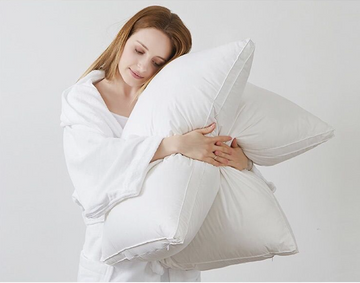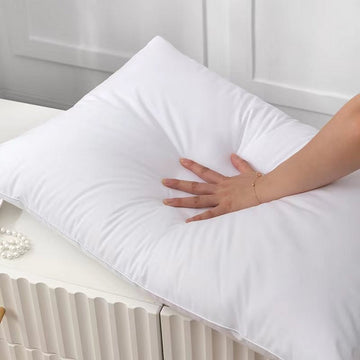The Role of Cooling Comforters in Modern Sleep Aids
Understanding the Comforter's Functionality
Cooling comforters are designed to regulate temperature while you sleep. They help maintain a steady sleeping environment. Unlike regular comforters, they wick away moisture and heat. This keeps you cool and dry throughout the night. The materials used allow for breathability. They also facilitate the transfer of heat away from the body. Some comforters even have active cooling tech, such as built-in fans. This boosts their ability to keep you at the perfect temp for restful sleep.

Benefits to Consumers
Cooling comforters provide several benefits to users. They help maintain a stable body temperature during sleep. This leads to better sleep quality and energy levels the next day. For hot sleepers, they reduce sweat and discomfort. They can also lower energy bills by reducing the need for air conditioning. Additionally, they are often hypoallergenic, benefiting those with allergies. Many are also easy to care for and durable, making them a smart long-term investment for better sleep.
The Engineering Behind Cooling Comforters
Materials and Construction
The engineering of cooling comforters focuses on both materials and construction. These aspects are critical because they directly affect the comforters' cooling capabilities. Materials used in cooling comforters often focus on breathability and moisture-wicking properties. Examples include bamboo, microfiber, and cotton blends which allow air to circulate more freely. Some materials may also have a natural cooling effect, such as eucalyptus or silk. Construction methods involve weaving techniques that enhance airflow. These include loose weaves or specialized knitting patterns. Manufacturers might also incorporate layers made of mesh or other porous materials to promote ventilation. This careful pairing of material and construction provides the fundamental cooling effect in these bedding items. It lets sleepers stay cool and dry throughout the night.
Cooling Mechanisms: From Phase Change Materials to Air Flow Systems
Cooling comforters use advanced tech to help sleep. They can have phase change materials (PCMs). PCMs absorb and release heat to keep a steady temp. This helps you stay cool all night. Some comforters also use special fabrics or weaves. These allow better air flow. This helps wick away sweat and heat. There are also gels and foams used. They pull heat away from your body. So, you can sleep cool and comfy. Often, these systems are used together for max effect.
Market Trends and Future Developments
Innovations in Cooling Comforter Technology
Cooling comforter tech is fast evolving. The recent surge in interest has driven innovations. Features now include smarter heat regulation and moisture wicking. Some utilize AI to adjust to sleep patterns. Other advances tackle eco-friendliness, with materials like bamboo. The goal is improved sleep through better thermal control. These innovations reflect consumers' growing demand for sleep tech. They also show the bedding industry's quick response to such needs.
Consumer Preferences and the Future of Cooling Comforters
Cooling comforters are shaping the future of sleep tech. They are becoming popular for those who want better rest. Advanced textiles are part of this trend. People prefer lightweight and breathable options. Smart fabrics with temp control are in demand. Eco-friendly and sustainable materials are also key. Future products may link to apps for custom comfort. Trends lean towards personalized sleep solutions. The market for cooling solutions is likely to grow.






